Is your current exhibition open to the public by appointment? And does it matter who the “public” is, i.e. only prospective buyers, art critics, art curators?
Our current exhibitions are closed to the public as required under the COVID-19 lockdown but we do have more content about our current exhibitions on the webpage where you can see walkthrough videos, a checklist of works in the show in addition to the regular content of installation views, press release, etc.
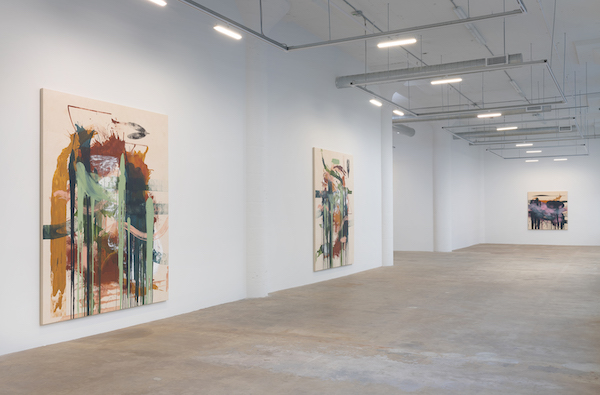
Elizabeth Neel “Life in Halves” at Vielmetter Los Angeles, 2020.
Are you in touch with your collectors and are they still interested in buying art or are they showing hesitation due to the stock market slump?
We are staying in touch with our collectors on a one-on-one basis right now because it does not feel right to do a broad outreach at this very moment where many people are in so much distress. Collectors are reacting differently to the situation, some are focused on their families and others are very interested in looking at art. We are respectful of how people deal with the situation in different ways and are looking into ways how we can connect more with our broader audience in April and May, through Instagram conversations, viewing rooms and online exhibitions specially put together for this time of a lockdown.
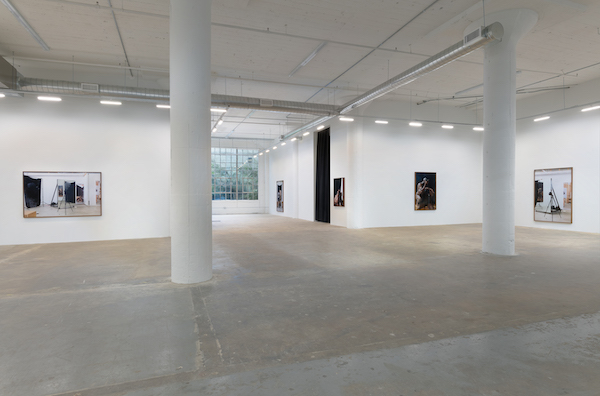
Paul Mpagi Sepuya “A Conversation (About) Around Pictures” at Vielmetter Los Angeles, 2020.
In your opinion, how long will this temporary shutdown of the LA art world last?
We expect that once there is evidence that the curve of new infections has flattened we can re-open again. Hopefully this will happen in early May. We do expect that there might be future lockdowns whenever infection rates flare up.
How are you overcoming the challenges we are now facing?
By staying positive and by reaching out to my staff, my artists and our wonderful collectors and followers on a daily basis.
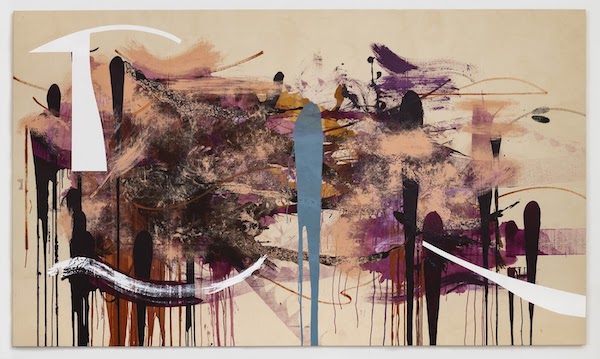
Elizabeth Neel, “Afterlife,” 2019. Photo credit: Adam Reich, NY
How can Artillery‘s readers help galleries and artists while they are closed?
Please reach out to us! Show interest in our artists. We are actively offering works and look forward to engaging with our audience!
It’s common knowledge that most gallery pedestrian traffic doesn’t buy art, so how does the closing of your gallery affect your business? And can you see this as a trend for the future?
We are trying to figure out how this will change the future of the gallery. One strategy is obviously to strengthen our “virtual” presence. Another goal is to prepare our audience once we reopen the gallery and to convince them that the gallery is a very safe place. We can provide so much space—and quiet contemplation—we can alternate our staff at the gallery so that there is never more than one employee at the front desk, so coming to the gallery will be a much safer experience than let’s say going to the grocery store. Coming to the gallery creates a physical and emotional experience that is difficult to fully replicate in the virtual world so we do look forward to when we can open to the public again.
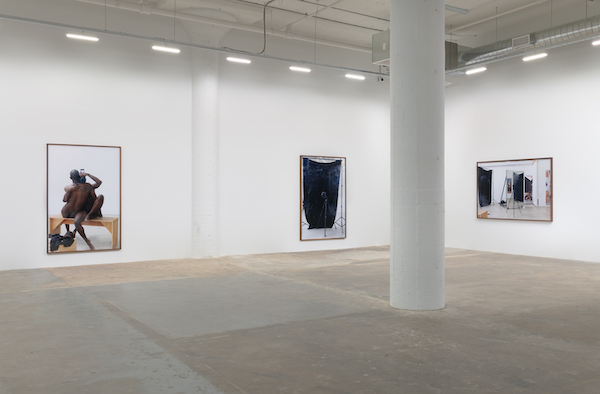
Paul Mpagi Sepuya “A Conversation (About) Around Pictures” at Vielmetter Los Angeles, 2020.
During the Great Recession, were people still buying art? Can that still happen again?
I do believe that there are always people who are interested in buying art. We do not know yet what will happen later this year but we do have consistent sales still. Our current situation will have a serious impact on all galleries and we will need to rethink how we do business from here on. For sure, we will cut out a lot of noise, the traveling, the constant moving around in the world, the crowded openings. We look forward to understanding the gallery perhaps as a quieter place at a slower rhythm where there is more room for personal conversations.
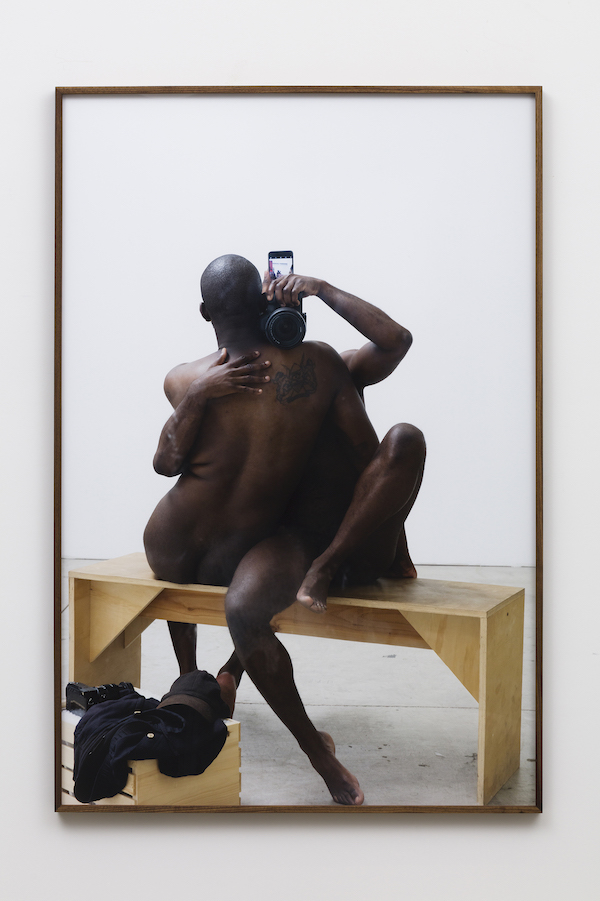
Paul Mpagi Sepuya, “Figure (0X5A0918),” 2019. Photo credit: Jeff McLane.
Some gallerists are worried, others hopeful and optimistic. How do you feel? Could the only silver lining of this situation be is that art fairs are now canceled? Is there anything surprisingly positive you have noticed so far? Or something you feel you or we all could learn from this?
Of course I am worried. But being too worried is paralyzing and that is not what we need right now. I do think that we all have an obligation to dream and to envision a better future. Now that this virus has literally touched every aspect of our lives, as devastating as that is, we can have the freedom to think radically different and utopian thoughts. We can think of the gallery, and of the entire world, in completely new ways. If we don’t do that someone else will do it for us.
Photos by Robert Wedemeyer unless otherwise noted.





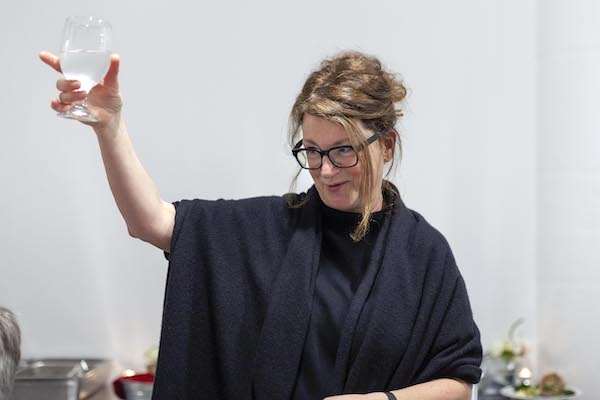













0 Comments